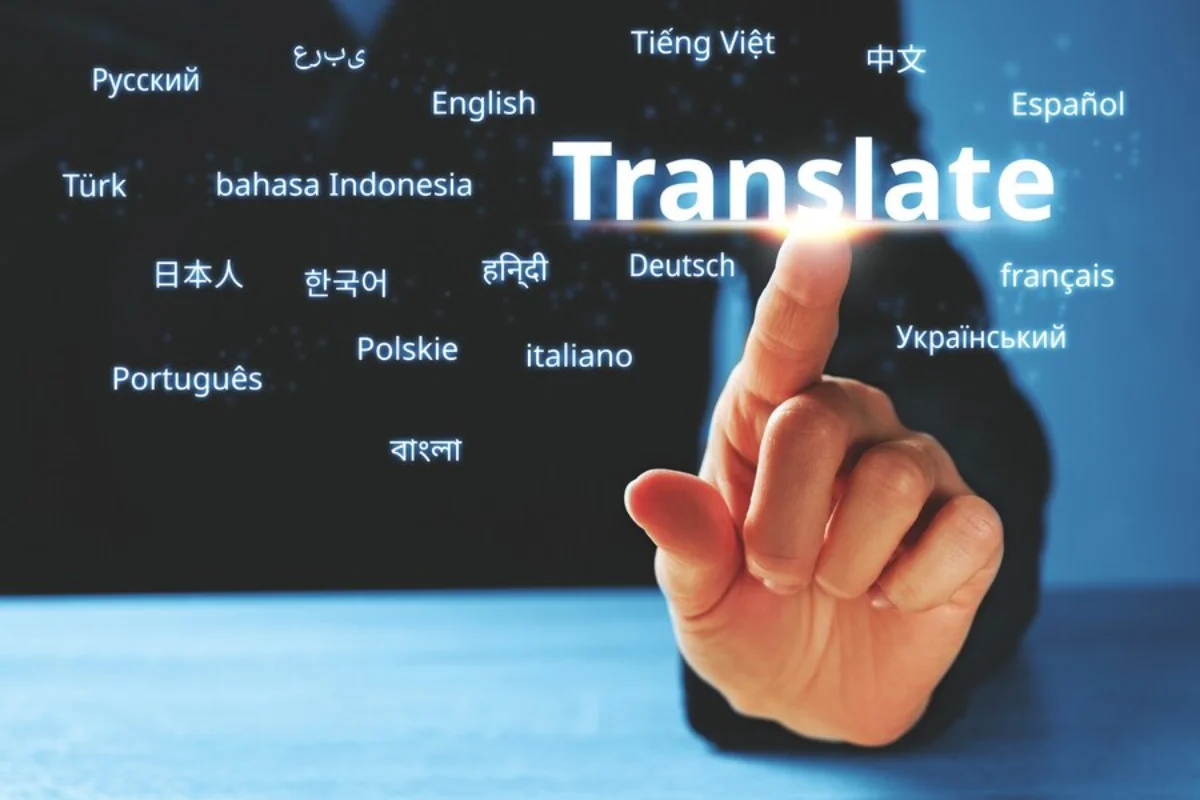The Technology Blog

AI in Language Learning: The Future of Bilingualism
The integration of AI in language learning is changing how people learn new languages. It makes the process more personal, efficient, and accessible. With AI translation tools and language learning apps, learners can practice speaking, writing, and comprehension with ease. These tools are changing bilingual education by offering interactive learning experiences that fit individual needs.
AI platforms let students dive into new languages with less effort. Unlike traditional methods that depend on memorisation, AI tools adjust lessons to fit progress, making learning more intuitive. Whether for travel, career, or personal growth, AI helps millions overcome language barriers quickly.
In this article, we will look at how AI in language learning reshapes education, the benefits of AI translation tools, and how language learning apps make bilingualism easier than ever.

How AI is Changing Language Learning
AI is vital in modern language education, enhancing key areas like:
- Personalised Learning Paths – AI adjusts lessons to the learner’s skill level and progress.
- Real-Time Pronunciation Feedback – AI speech recognition improves speaking accuracy.
- AI Translation Tools – Instant translations make learning more interactive.
- Chatbots and Virtual Tutors – AI assistants mimic real conversations for practice.
- Gamification and Adaptive Learning – AI makes learning fun with rewards and challenges.
- Cross-Language Communication – AI offers real-time translations for global learners.
- Grammar Correction & Writing Enhancement – AI helps improve sentence structure and writing.

AI-Powered Language Learning Tools
1. AI Translation Tools
Modern AI translation tools go beyond simple translations. They provide contextually accurate sentences, helping learners to:
- Translate entire paragraphs more accurately.
- Understand cultural nuances and idioms.
- Use voice translation for real-time conversations.
- Enhance professional communication in different languages.
Popular AI translation tools include:
- Google Translate – Translates text, speech, and images across many languages.
- DeepL Translator – Known for highly accurate translations.
- Microsoft Translator – Offers live conversation translations and suggestions.
- iTranslate – Supports offline translation for travellers.
2. AI-Driven Language Learning Apps
Language learning apps using AI adapt content to user performance. They employ machine learning to:
- Detect mistakes and provide real-time corrections.
- Adjust lesson difficulty based on progress.
- Use spaced repetition for better retention.
- Introduce AI-generated speech drills for pronunciation practice.
Leading AI-powered language learning apps include:
- Duolingo – Customizes lessons to improve fluency.
- Rosetta Stone – Uses AI for speech recognition and pronunciation.
- Babbel – Adapts lessons to user interests and conversations.
- LingQ – Suggests materials based on user proficiency.
3. Chatbots and Virtual Tutors
AI chatbots serve as virtual partners for learners to practice conversations. These bots:
- Give feedback on grammar, vocabulary, and structure.
- Simulate real-world scenarios for conversation skills.
- Encourage consistent practice without a human tutor.
- Offer topic-based training for specific language use.
Apps like HelloTalk, Mondly, and ChatGPT-based tutors use AI chatbots to create interactive learning experiences.

Benefits of AI in Language Learning
1. Personalised Learning Experience
AI customises lessons to fit individual strengths and weaknesses, ensuring learners progress at their own pace. This method maximises retention and reduces frustration.
2. Improved Pronunciation & Speech Recognition
AI speech recognition assesses pronunciation and fluency, offering instant feedback to help learners sound more natural. This is useful for accent reduction and professional communication.
3. Real-Time Translations & Language Assistance
With AI translation tools, learners can quickly translate and grasp new words and phrases. This makes learning more immersive. AI also streamlines bilingual meetings and international collaborations.
4. Increased Engagement Through Gamification
Language learning apps use AI-driven gamification features like streaks, leaderboards, and badges to keep users motivated. AI tracks engagement and suggests challenges to maintain interest.
5. Flexibility & Accessibility
AI tools let students practice anytime, anywhere, making bilingualism achievable for busy learners. Many apps offer offline options for those in remote areas.
6. Cultural Context & Nuanced Learning
AI helps learners understand language in cultural contexts, improving comprehension of idioms and slang. It can suggest culturally appropriate responses and etiquette.
Challenges of AI in Language Learning
Despite its benefits, AI in language learning faces challenges:
1. Lack of Human Interaction
While AI tutors simulate conversations, they can’t fully replicate real human interactions. Human emotions and gestures go beyond AI’s capabilities.
2. Dependence on AI Translation Tools
Over-reliance on AI translation tools may hinder learners from developing independent thinking and translation skills. Language acquisition needs balance between AI support and natural learning.
3. Accuracy and Contextual Errors
AI translation tools can struggle with nuanced expressions and cultural differences. Misinterpretations can confuse learners, especially in professional settings.
4. Privacy & Data Security Concerns
AI apps collect user data to personalise learning, raising privacy and security concerns. Strong data protection policies are necessary to safeguard user information.
The Future of AI in Language Learning
As AI technology advances, we can expect more innovations in language education:
1. More Advanced AI-Powered Virtual Tutors
AI tutors will become more sophisticated, offering realistic conversation simulations and interactive exercises. Future AI tutors may use facial recognition to adjust lessons based on emotional responses.
2. Immersive Augmented Reality (AR) & Virtual Reality (VR) Learning
Future language learning apps may use AR and VR to create immersive environments. Imagine practising in a virtual Spanish-speaking market or an AI-generated Parisian café.
3. Emotionally Intelligent AI-Language Assistants
AI will improve emotional recognition, allowing tutors to detect frustration and engagement to adapt learning strategies.
4. Instant AI Speech-to-Speech Translation
Enhanced translation tools will enable seamless multilingual communication. AI-powered earpieces may offer real-time translations for face-to-face conversations.
5. Blockchain-Powered Language Certifications
AI-integrated blockchain technology may provide secure language proficiency certifications, ensuring authenticity in skill verification.
The Future of AI in Language Learning
The integration of AI in language learning is revolutionising how people learn languages. From AI translation tools that offer instant help to language learning apps that personalise lessons, AI is making bilingualism more accessible than ever. While challenges remain, the future of AI-powered language education is bright, with advancements in virtual tutors, immersive experiences, and real-time translations set to redefine language learning.









